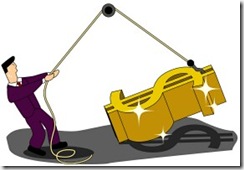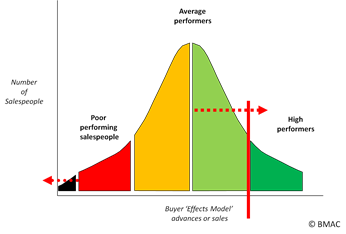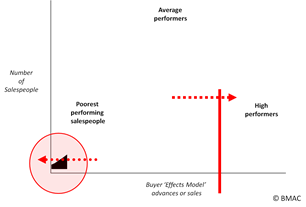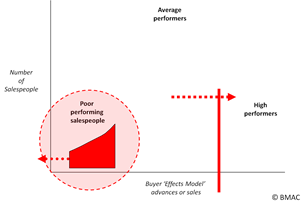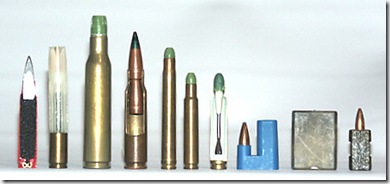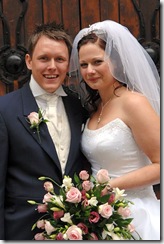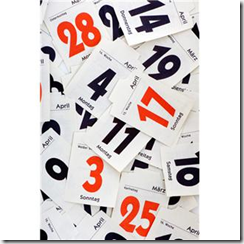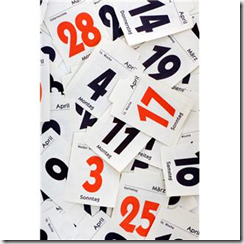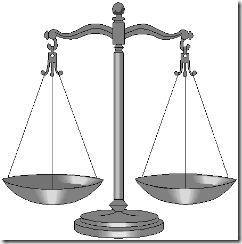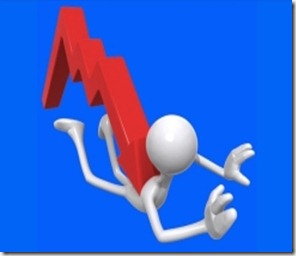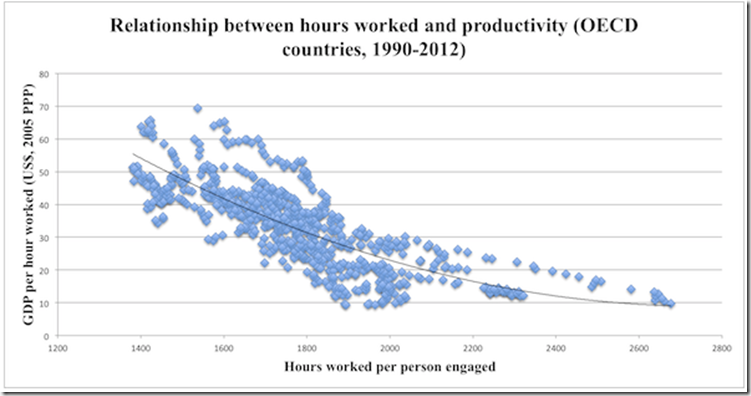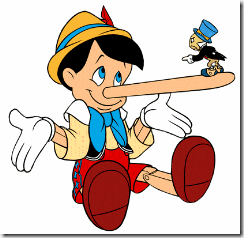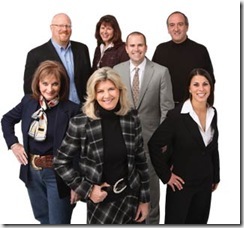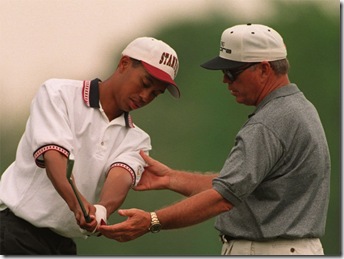The weak link of SFA and CRM,
is to accurately
represent REALITY, the actual ‘on the ground’
Sales situation.
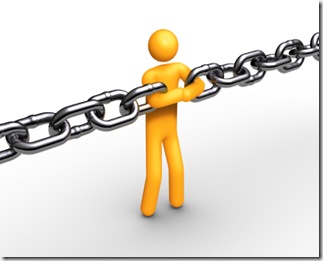
The evidence is that
Sales Force Automation (SFA) and
Client Relationship Management (CRM) place too much STRESS on Salespeople,
by producing a ‘crisis of information’.
This Data Storage “Fortress” has become so complex it needs sophisticated software
to access, read, display, interpret and manipulate the Sales Data.
Hence, the output read and accepted by Managers,
bears no relationship to the input presented by Salespeople.
The crisis comes from the overwhelming input and output of unrelated Data,
without apparent application.
The problem BMAC set out to overcome
by analysis and diagnosis was the following dissonance.
-
The principle Inputs are Qualitative.
-
The principle Outputs are Quantitative.
The evidence for this is that the outputs produced at
a Management Level are both Numerical and TIME based.
A ‘Sales Forecast’ is the amount of expected Revenue,
from which Customers, by which date!
However, the inputs are the subjective view of the Salesperson.
The Salesperson describes and categorises
their own Activity on a best-fit basis, often from a drop down list.
The Salesperson then second-guess their Client’s view
for revenue Value of potential business and likely Close dates.
Then, most improbably of all, they guess
their own likelihood of success as a Percentage!
All of this subjective information is ‘rose tinted’ by the salesperson’s desire to ‘look good’.
This is done by presenting a strong pipeline, from a portfolio of well attended accounts.
Giving the impression of a well managed and well worked territory
and therefore a strong likelihood of future sales success!
This whole process is so inherently unstable, such that the Sales Manager
takes a ‘view’ nominally subtracting 20%-40% from Sales Data.
This ‘modified view’ is then further modified, up or down,
by a ‘C Level correction’ based on Historical Trends, or Business Plan Forecast!
SFA and CRM have led to a lack of ‘socialisation’, that is real discussion of the actual status of the Sales forecast. This has a severe negative effect on the ability of the Sales Organisation to Learn, for peer sharing or replication and rollout.
The measured impact of SFA and CRM, as currently used,
has been found to LOWER Sales Revenue Generating Activity,
and has REDUCED Sales Productivity.
The claimed benefit of ‘Sales Performance Improvement’ through SFA and CRM relies on anecdotal evidence, with little correlation to Sales Revenue Improvement.
There is at least the same amount of anecdotal evidence that SFA and CRM is ‘padded’ or manipulated by sales people with exaggerated pipelines, early close dates to show good account ‘husbandry’.
The view that SFA/CRM ‘drive’ Sales by encouraging Sales to ‘drive’ Buyers to the ‘Close’ on a specific date for specific revenue amounts, is FALSE.
It is as deceptive as believing the Sun rotates around the Earth.
It denies the fact that Sales revolves around the Buyer,
and that Sales are subject the Buyer’s LOCAL conditions.
SFA especially fails to account for Buyer Contingencies:
BUYER Environmental Data is ignored, often it is disallowed!
-
Great difficulty is experienced by the Salesperson reporting
a Reversal of the Sales Stage or Phase.
-
Sales Velocity is presented as fixed speed, and
-
Sales Acceleration (or Deceleration) is not treated as a variable,
but used as a constant or ignored.
To use an analogy from Coal Mining, SFA fails to take account of ‘local disturbance’.

In Mining, ‘local disturbances’ can be “rising floor” or “falling roof”.
Where for geological reasons the Mine floor alters or the roof collapses.
These are both phenomena outside of the miner’s control!
Huge varieties of unfavourable and changing environmental conditions happen at the coalface; most of which are impossible to predict. Even those which could be predictable conditions, most are impossible to alter.
In mining terms these are described as
‘bad conditions’ and are
treated differently from ‘bad work’.
‘Bad Work’ are errors of judgement or activity and are attributable to the Miner.
Both ‘Bad Conditions’ or ‘Bad Work’ will lead to much additional,
but unproductive, work to get back on stream.
The interaction of BOTH ‘Bad Conditions’ AND ‘Bad Work’ can be catastrophic.
Recognition ‘at the coalface’ in Sales situations,
demands ‘Structured Customer FACING Time’ by Sales Managers!
This time is specifically planned to examine and determine “Local Disturbance”
i.e, ‘Bad Conditions’. Additionally, time spent by the Sale Manager with the Salesperson, in the Customer environment, enables diagnoses of ‘Bad Work’
performed by the Sales person.
It is worth giving a clear example of each:
-
‘Bad Conditions’,
the Customer has decided to postpone the RFP, ITT, or Request for Quotations.
The Project is on hold. The Delay causes Sales Forecasting problems.
The Sales Person is wrongly criticised for ‘lack of account control’.
Normal SFA or CRM input “pending”
- ‘Bad Work’,
the Salesperson has failed to respond appropriately (i.e. they were late)
to the Buyer’s RFP, ITT, or Request for Quotations.
The Project proceeds without us.
The Salesperson avoids the consequence of ‘Bad Work’.
Normal SFA or CRM input “lost on price”.
The problem we set out to overcome by analysis and diagnosis was the following dissonance.
- The principle inputs are Qualitative.
- The Principle outputs are Quantitative.
In Sales we have come from an Executive Decision Making and Planning basis of experience, knowledge and skill. This was replaced by charts, spread sheets, ratios, graphs and calendars ‘paper clipped’ by software into The ‘Monthly’ Report or even, The ‘Weekly’ Report.
These reports are then analysed for fault, or explained away,
but always without validation, hence without judgement.
Opinion becomes Fact!
The solution is, as you may expect, is both difficult and slow,
it requires Leadership, Inspiration and a Systematic Approach based upon
evidence and validation, not anecdotal vindication.
At BMAC we have conducted extensive research using validated models for:
Sales Performance, Sales Velocity, Sales Acceleration to Validate Quantitative Input.
BMAC then developed a proprietary model for Buying Behaviour and Sales Process,
which enables the effective functioning of both Sales Force Automation (SFA) and
Client Relationship Management (CRM).

